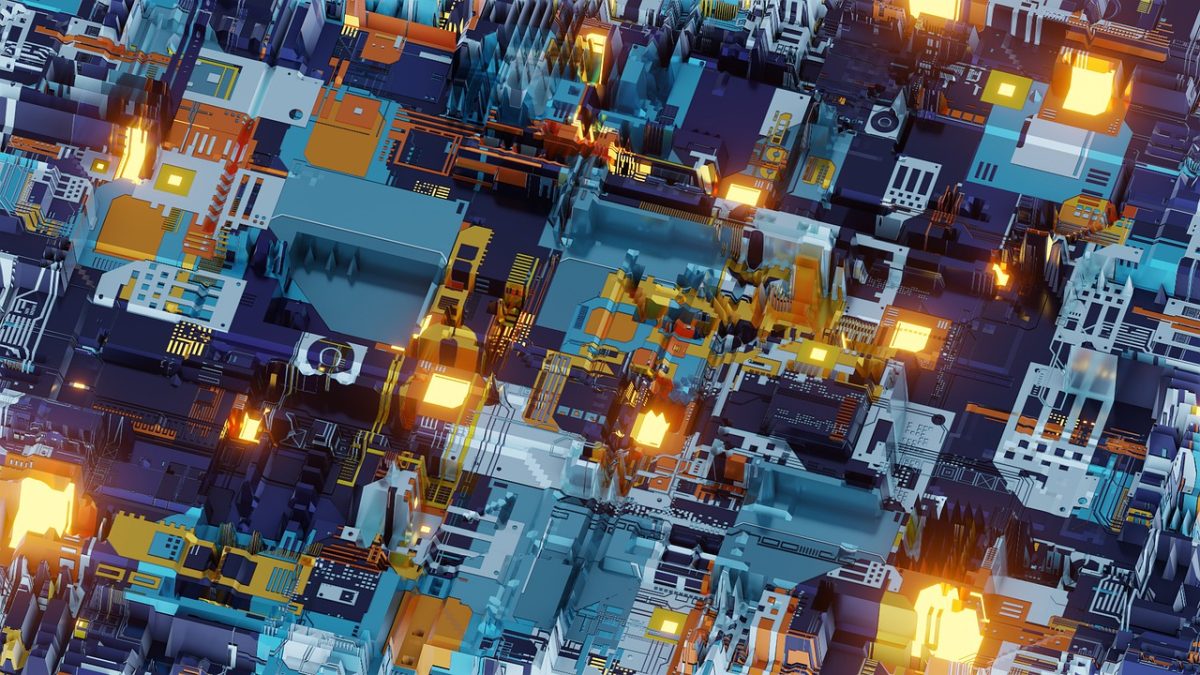The development of computer chips is at the forefront of innovation in the constantly changing world of technology. These little silicon chips, which run everything from cellphones to supercomputers, are the lifeblood of our digital age. The need for cutting-edge approaches to develop and produce these chips is increasing along with the need for quicker, more effective, and smaller processors. Generative Artificial Intelligence (Generative AI), a game-changing technology is rapidly permeating the semiconductor development industry.
Generative AI goes a step further in chip design
Creating computer chips used to be a challenging, expensive, and time-consuming operation with several sophisticated phases. Mistakes in this procedure might result in lengthy setbacks and substantial financial losses. As a result, very few people and businesses made the switch to chip design.
Chip design has been transformed by artificial intelligence (AI), which is capable of quickly and effectively examining a wide range of options while frequently beating even the most talented human design teams. It pinpoints options that find the ideal balance between efficiency, cost, and performance. This reduces human mistakes to a minimum and vastly accelerates the design process.
By creating new semiconductor architectures, generative AI goes a step further. These artificial intelligence (AI) technologies pick up information from a variety of Verilog code and use it to produce silicon designs. The model produces the required Verilog code when given high-level plain-language instructions.
The time and effort needed for manual coding are significantly reduced by this method. Importantly, by minimizing mistakes that might result from inexperience or supervision, it assures superior quality. Generative AI, unlike humans, continuously adheres to the best practices it has learned from the web. By swiftly comparing patterns across the collective experiences of all previous designers, at least those whose expertise is available on the web, it also redefines creativity and invention. Some areas where GenAI is playing in chip designing are:
Design exploration: Using generative AI, new chip designs or modifications based on current ones may be created. This can aid designers in exploring additional options and producing inventive and effective layouts. There are several businesses and university laboratories creating generative AI tools for semiconductor design exploration in this well-established field of study.
Data augmentation: Using generative AI, artificial chip data may be produced to enhance sparse real-world information. This can make it easier to properly train machine learning models for jobs like defect identification and quality control. Generative AI is being used to provide synthetic data for a range of purposes, including chip design, and is a well-established field of study.
Anomaly detection: By using generative artificial intelligence, it is possible to understand what “normal” chip patterns entail and spot any variations that may occur throughout the manufacturing process. By doing this, it may be possible to find flaws or faults before they affect the final product. Numerous businesses are creating generative AI tools for anomaly detection in chip production, which is a lucrative field of study.
Optimization: To obtain desired performance metrics, chip settings can be adjusted with generative AI. This may result in chip designs that are quicker, more affordable, and more energy-efficient. Numerous businesses and university research centers are creating generative AI technologies for chip optimization in this busy research field.
Layout generation: The creation of semiconductor layouts may be automated using generative AI. The design process could be sped up by this. Numerous businesses are creating generative AI technologies for pattern creation in this busy field of study.
Chip development might undergo a revolution thanks to generative AI. Generative AI is assisting in the development of the chips that will power our digital future by automating processes, increasing efficiency, and opening up new possibilities. We may anticipate even more revolutionary uses in the semiconductor design sector as generative AI technology advances. Chip design has a promising future, and generative AI is helping to shape that future. We may anticipate seeing even more novel and ground-breaking semiconductor designs emerge as generative AI technology continues to develop.
Are you intrigued by the limitless possibilities that modern technologies offer? Do you see the potential to revolutionize your business through innovative solutions? If so, we invite you to join us on a journey of exploration and transformation!
Let’s collaborate on transformation. Reach out to us at open-innovator@quotients.com now!







